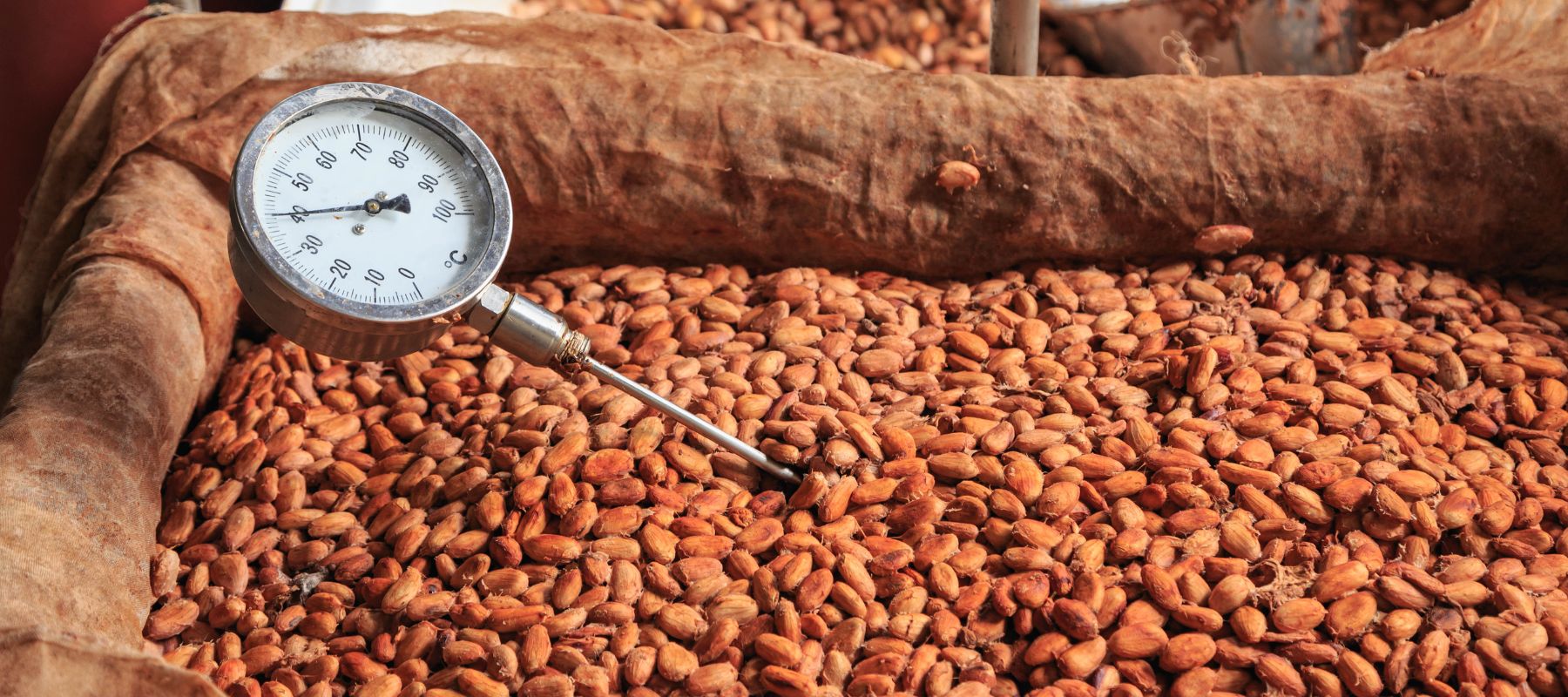
Prepayment Terms and Access to Capital
Cacao farming and harvesting isn't a simple business. Farmers carry all the risks of crop loss from pest, plant disease, and climate change and operate on impossibly low prices.
Now imagine - a big order comes through to a farmer cooperative for 15 Metric Tons of Specialty Cacao. Awesome news - PAYDAY! Not so fast... The cooperative's job is far from done - and income far from secure. Now they must:
- Coordinate with dozens, if not hundreds, of smallholder farmers to harvest on the same day(s) and either bring their cacao to several centralized collection locations or pick it up on a scheduled route.
- Pay for labor plus logistics to get all of that cacao to a central fermentary.
- Arrange for ~$18,000 in payments to the farmers (not all of whom are banked, but it's typically not safe to carry cash for immediate payment).
- If they're certified fair trade and organic, keep meticulous records of all purchases for traceability, reporting, and payments.
- Hire 2-3 workers to carefully ferment the cacao over 5-8 days. Track temperatures, laboriously stir [quite literally] tons of cacao at precisely the right times to develop the best flavor.
- Hire 3-6 workers to dry the cacao in the sun over the next 1-2 weeks. Carefully watching not only the cacao, but the weather to balance between sun, heat, humidity, and rain. If it dries too fast, the cacao will be acidic. If it dries too slow, it will mold. If it gets rained on - all is often lost.
- Pack and load all of the cacao into bags and find a cool, safe place to store the cacao while protecting against unwanted pests - both the seen (insects, rodents, and sometimes human thieves) and unseen (bacteria and pathogens).
- Depending on the size of the harvest and capacity of the fermentary, repeat this process as necessary to build up the necessary inventory to fulfill the order.
- After the quantity is complete, stack and shrink-wrap it on pallets. Load trucks, complete copious amounts of paperwork for national and international authorities, and take it to the port.
- Wait 4-8 weeks while the cacao is being delivered to their customer.
- Wait another 2-3 weeks for the customer to receive and inspect the cacao.
- Then, if each one of those steps worked perfectly, finally they will be paid.
This is merely an example. Most cacao is not harvested to order. Regardless, the myriad costs listed above are incurred many months before a coop is paid. Often with a cost of capital (interest rate) 2-3x what we typically pay in the global north.
One way to share the immense burden of these upfront costs is to create a purchase contract with prepayment terms. Askinosie Chocolate has been using this model with their direct trade partners since inception.
In this brief video, Shawn Askinosie shares about using contracts as road maps, prepayment terms, and mitigating risk through relationship.
Why Support Chocolate Makers who employ Prepayment Terms?
- More equitable - it shares the burden of upfront costs for processing fine-flavor cacao across all of the businesses who benefit from the harvest and post-harvest care.
- More efficient - it reduces overall costs by shifting the cost of capital expense to global north countries that typically have lower interest rates.
- Better quality - it necessitates more in-depth discussions on post-harvest protocols and storage that significantly impact cocoa quality.


Leave a comment
This site is protected by hCaptcha and the hCaptcha Privacy Policy and Terms of Service apply.